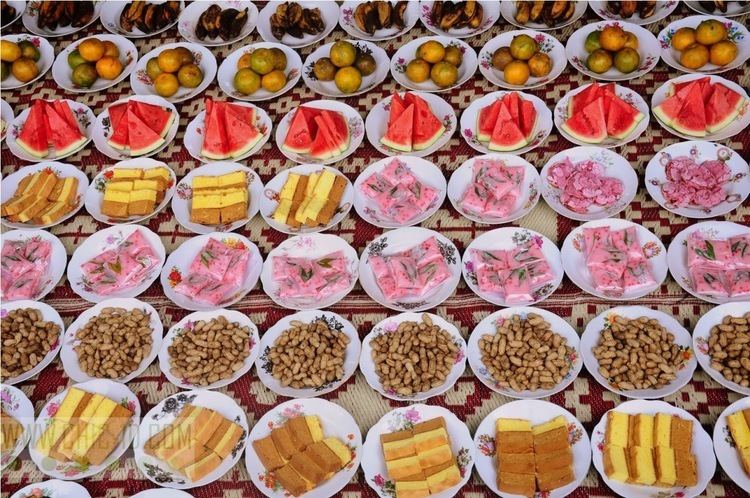Postal code 57465 Area 138 ha Province Central Java | Time zone WIB (UTC+7) Elevation 133 m Population 3,042 (2011) Area code 0272 | |
 | ||
Pokak is a village in Indonesia It is part of the Ceper sub-district of Klaten It is separated into two sub-village, Pokak and Tegal Duwur, separated by vast farmland, Pokak then divided further into West and East Pokak.
Contents
- Map of Pokak Ceper Klaten Regency Central Java Indonesia
- Geographical Condition
- Population
- Garbage Disposal
- Facilities
- Religion
- Health
- Education
- Economy
- Main attraction
- References
Map of Pokak, Ceper, Klaten Regency, Central Java, Indonesia
Geographical Condition
Pokak is located between Yogyakarta and Solo, it is not too far from the main road, but even so it is not a road mainly used by most people thus not many know of it, even the locals are not familiar with this village. It shares climate condition with the rest of Java, with only 2 seasons of Summer and Rainy Season, the temperatures range between 27 to 33* Celsius. Situated near Mount Merapi giving this area a fertile and quite elevated land.
Population
The population is about 3000 people, with almost equal numbers of female and male population. 99% of the population is Muslims and the rest are Christians and Catholics. Half of the population are of the working class, and most of them are in farming industry. This village and most of the Ceper area are supporter of PDI-P, one of the major political parties in Indonesia, though unsuccessful reigning as the president of the last election.
Garbage Disposal
The method of garbage disposal commonly used in Indonesia is by utilizing garbage collectors (dump trucks) which are periodically collect the garbage in an area. This method though has stopped being used in this village. Now, every household deal with their own garbage. Most of them dispose the garbage by burning them inside a hole in the ground, of course this method only works for combustible garbage. The rest of them are simply buried or disposed in now uncollected garbage dump site.
Facilities
The village supports basic facilities that is needed by the population
Religion
Despite having almost all of the population Muslims, the village only has several masjid, which is not evenly distributed. Some masjid are being built in the mean time. It has 2 church, one is within the village and the other on the outskirt of village.
Health
There are 2 local clinics in the village, one in Pokak and one in Tegal Duwur. Currently they are only sufficient for handling minor injuries and diseases. For severe conditions, villagers are required to receive treatment at the city hospital, about 5 km away.
Education
There are 2 elementary schools, in the absence of Junior High and High school, the students have to attend school outside the village. Aside from the compulsory educational facilities there is also an English and math learning center in Tegal Duwur.
Economy
This area is depending on farming. It is mainly producing rice and corn, and a little of sugarcane. Aside of that most villager also breed several type of animals, which are chicken, duck, goat, cow, and sheep. Livestock are not utilized economically and mostly only as food reserve.
The youth are mostly working as woodcraft maker. They produce highly detailed models of living and non-living things, the most amazing works up to date is the model of an elephant, which size is about the same as a baby elephant, about 2 metres tall.
Specific for Tegal Duwur area, most villagers work as woodcraft maker, they produce a huge amount of woodcraft and is the primary supplier for Yogyakarta and its surrounding region, including the infamous Prambanan Temple Complex. The village itself doesn't handle any sales, solely functioned as factory, but you can find several stores in the outskirt of the village selling the crafts.
Main attraction
This village had a spectacular tourism attraction in the past, which is Sendang Sinongko, a spring, which was popular in the past as fishing and bathing spot. It was shut down because of management difficulties. As the spring no longer operated, it lost its capability to attract tourists; it is still being used annually as an altar for major ritual-like ceremony. The scale is so large that it attracts thousands of visitor every year.
